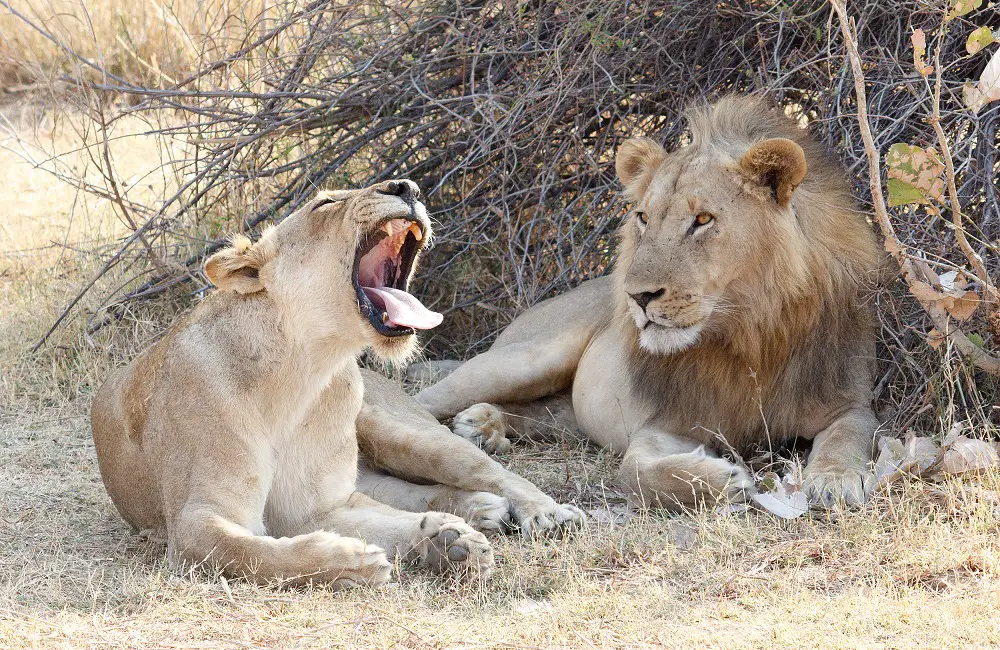Every living organism can reproduce to maintain the cycle of life and preserve different species here on Earth. Reproduction is an essential process for animals and humans.
If reproduction is essential, different living organisms have other vital roles during reproduction. In humans, to reproduce, males and females should be included and portray different roles to make reproduction successful.
Even in survival, each human has roles based on gender for their family to survive. In the animal kingdom, it is also the same. Each animal has a different gender and different gender roles.
Yes, animals know their gender! Animals know their gender roles by instincts. Also, you will notice that animals know their gender if you observe their reproduction method. Sexual animals know where to position during reproduction, and male animals know how to do the right thing to impregnate the females.
However, there are many things you have to know. Let’s go deeper into this topic!
How Do Animals Tell The Gender Of Other Animals?
For Lions, it is easy for them to tell who are the male and the female ones. They can easily recognize each other’s gender by looking into the mane that encircles their head. If the Lions have a mane they know that it is a male, but if it does not have one, it is a female.
But for other animals like dogs, cats, birds, and other animals that look so similar, how do they tell the gender of other animals? So, for example, if two Zebras meet, how can they know each other’s gender and if they are suitable mates?
How do animals tell the gender of other animals? Animals can tell the gender of other animals by using their sense of smell and by observing the behavior of the other animals. Male and female animals have different behavior, so they can easily recognize each other’s gender.
If animals can’t identify their gender and identify the gender of others, then there will be no reproduction. It is like a built-in chip, put in by our creator, that programmed all animals to distinguish the difference between both genders.
Do Pets Know The Gender Of Their Owner?
If all animals can tell the gender of the other animals, then probably you think that your pets can also tell what your gender is. However, this question is very difficult to answer but based on the studies made, they have concluded that Cats and Dogs can identify the gender of their owner.
In my personal experience, I would agree that pets can tell the gender of their humans. How do they know? By distinguishing different pitches of voices, by using their sense of smell, and by observing their physical traits.
Their female dog will always notice and smell whenever I visit my friend’s house. She will always follow me wherever I go and sit on my lap whenever I sit.
One time I visited there again, but this time I brought my female friend from school. I noticed that my friend’s female dog is ignoring the girl I brought, and even though the girl gave her some snacks, the dog still loved to be on my lap than the girl who gave her a snack.
With this scenario that happened to me, I concluded that dogs could identify their owners’, or other humans’ gender. There is one study that has been made that will support my conclusion.
In one study, they tested 51 dogs and let them sit in the middle of the opposite gender one by one. Each dog should sit in the middle; after that, they will play the sound of a man’s and a woman’s voices. The experiment was made to see if dogs could combine humans’ visual and vocal cues.
What are the results? Some dogs look at the person of the gender associated with the voice, and some dogs did not. They also concluded that dogs from a home with three or more adults were much better at distinguishing the voice of each gender than dogs living with a single owner.

So do pets like dogs know the gender of their owner? Yes! Dogs and cats can tell the gender of their owner. Pets living with three or more adults are much better at distinguishing the gender of each human.
Finals Words
All animals have gender to classify themselves, and to know what are their roles during reproduction and their role in their group. Some animals that can change their gender do this strategy to survive, mate, and protect themselves from various dangers.
Now that you know that animals know what their gender is. I hope it adds up to your knowledge. If you want to learn more about animals, click the “fun facts” in the menu above.





